We understand that taking the SAT or ACT can be stressful for students. Here are 8 test strategies to help you maximize your score.
1. Write all over your test booklet.
Don’t try to do this test in your head. You can and should mark up your test booklet. Cross out wrong answer choices, underline key words and phrases, and make notes in the margins. Your focus and comprehension will improve.
2. Remember that easy and hard questions have equal value.
Some questions on the SAT and ACT are much more challenging and time-consuming than others. However, each question is worth the same – one raw point. Don’t sink too much time into difficult questions at the expense of answering easier questions. If you feel yourself starting to stall on a particular problem, move along. You don’t want to miss out on simpler questions that may appear at the end of a test section.
3. Know how and when to use your calculator.
While a calculator won’t carry you through the SAT or ACT Math Test, your calculator can help you compute more efficiently, handle fractions more easily, find points of intersection, and more. Learn how to use your calculator to help solve challenging problems and save time on complex calculations, but keep in mind that it is not always the best tool for the job. And remember, the SAT Math Test is divided into two sections: one that allows you to use your calculator, and one that doesn’t.
When solving complicated math problems, your pencil may be more useful than your calculator. For challenging, multi-step problems, take notes of each step of your solution. By recording your progress, you stay organized and focused. Also, you can quickly spot computational errors or careless errors.
4. Learn to recognize question types.
While the SAT and ACT do not repeat exact questions from test to test, both repeat question types. After all, it is a standardized test. The ability to recognize question types allows you to be a proactive, rather than reactive, test-taker. For example, if you see an underlined verb, you should check for errors with tense, parallelism, or agreement. As you prepare for the test, pay close attention to the types of questions that appear frequently on your practice tests.
5. Use a two-pass approach.
On your first pass through a section, answer all of the questions you can, but don’t get bogged down on an individual question. If you’re stuck, mark it and move on. Remember: Each question is worth the same amount — one raw point. Next, make a second pass through the test, starting from the first question you skipped and marked. Focus on the ones you think you have the best chance on. Also, as you answer the other questions, you might gather information that will help you answer the difficult questions you’ve skipped. Finally, guess on all the remaining questions. Since there is no penalty for wrong answers, do not leave any questions blank on your answer sheet.
6. Read actively and don’t skip straight to the questions (Reading sections).
Because the SAT and ACT are timed tests, you may feel pressure to rush and skim the passage or skip it entirely. However, these strategies do not prepare you for answering the questions, so your progress will be much slower. You’ll be able to work through the Reading questions with much more speed and confidence if you have a strong understanding of the passage. By spending some time reading well, you will work more quickly overall.
As you read, focus on understanding the main idea of each paragraph. Create an organized map of the passage to help you understand how it is structured and how the overall main idea is developed.
7. Do the questions as you read the passage (ACT English, SAT Writing & Language sections).
The test instructions suggest that you answer the questions after you read the entire passage. This approach is unnecessary and time-consuming. Instead, answer the questions as you read the passage.
For the ACT English test, shorter is often better on the answer choices as the ACT prefers writing that is precise and concise (the shortest answer is often the correct answer).
8. Work backward using answer choices (Math sections).
If you can’t solve a math problem in the forward direction, try to solve it in the reverse direction. In some cases, you can quickly solve problems by plugging in the answer choices to see which works.
These strategies are just some of the many tools at your disposal to build confidence and put you in control of the test. Good luck!
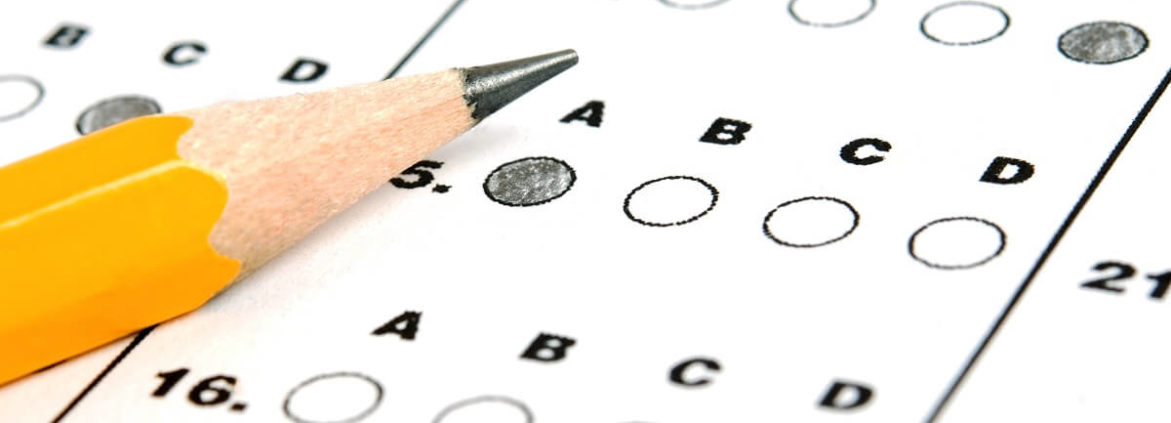


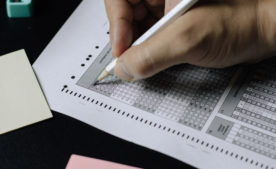


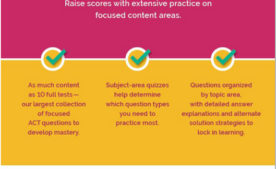
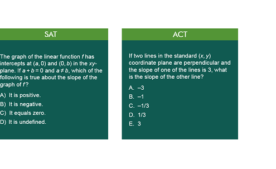
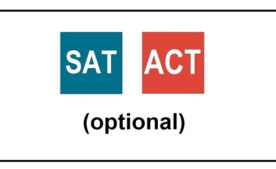










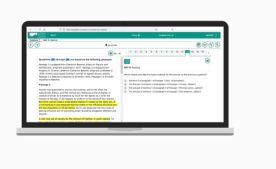

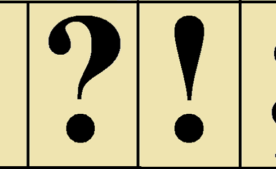






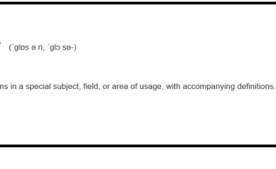
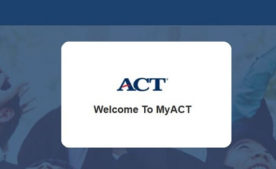
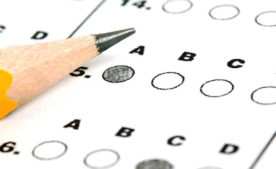




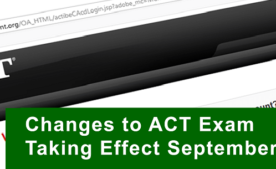
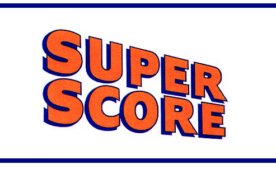
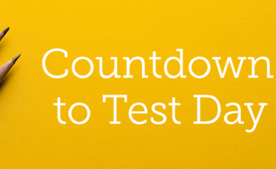


Thank you so much. I am revisiting my work with grades 8-10 for these tests. This article was incredibly helpful.